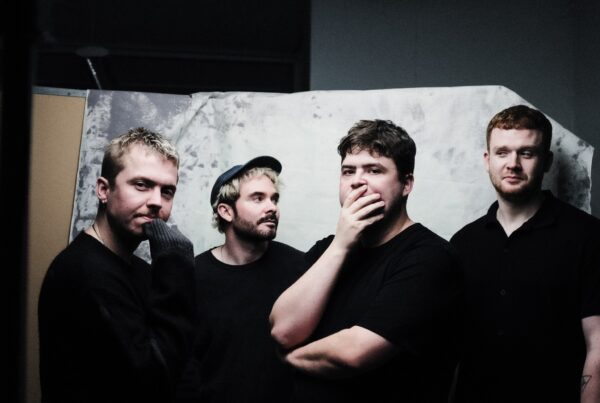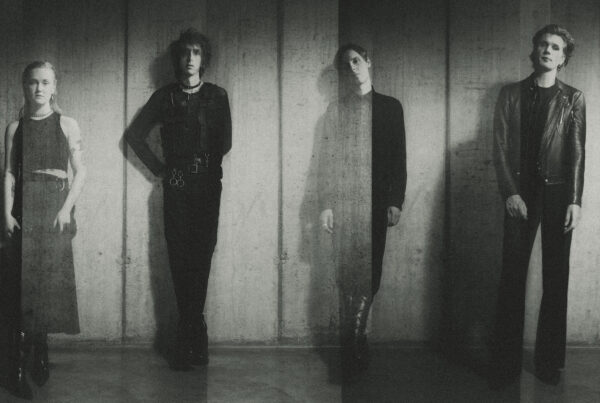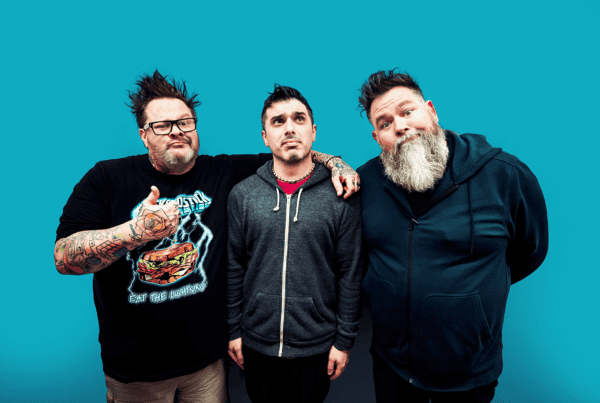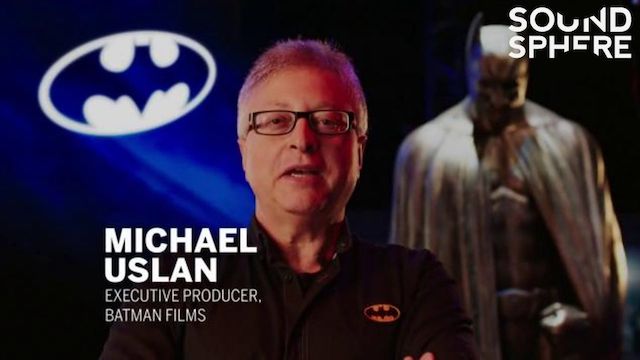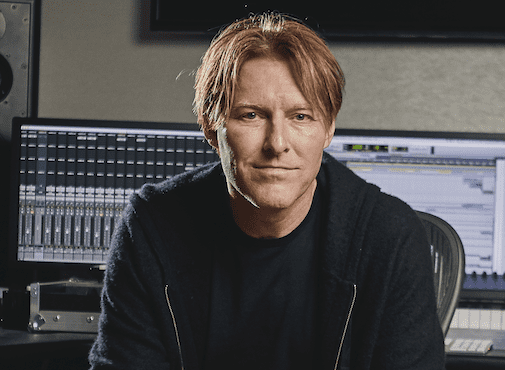In our latest industry spotlight, we chat to assistive inclusive music technology developers, Soundbeam about their work, and goals.
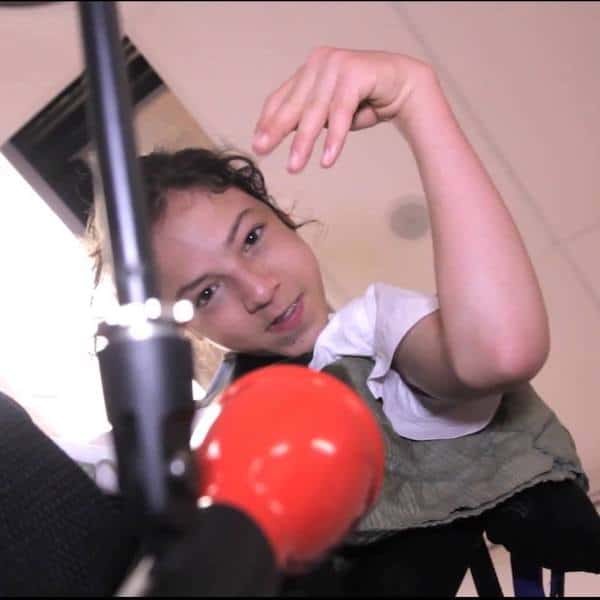
[like_to_read][/like_to_read]
S] Talk us through the original mission statement for Soundbeam?
The original mission for Soundbeam was radically different from how things have ended up. Following the vision of Soundbeam originator composer Edward Williams in the mid-1980s, the primary intention was to explore new collaborations between dance, choreography and electronic music by transferring the means to control and shape sound to the dancers themselves, allowing for real-time musical performance using electronics ‘live’, rather than audiences listening to mixes of prerecorded audiotape which was the way in which electroacoustic music was normally performed at that time.
However, although the dance community has shown some interest over the years the main area of use for Soundbeam has been what is loosely described as ‘special needs’, as it was recognised that the medium allowed for a phenomenal degree of expressive and creative freedom for individuals, particularly those with any degree of cognitive or physical impairment which might preclude their engagement with conventional instruments, way beyond the limitations of more traditional percussion-based music therapy.
Initially I consulted with ‘experts’ in the fields of music education, music therapy and community music in order to evaluate Soundbeam but the reaction was unpredictable, ranging from passionate enthusiasm to tired scepticism, so I found it a lot more valuable to observe and facilitate the experience of the actual players who were using Soundbeam – children in special schools, adults in day centres, people in care homes – and see what they made of it. Their work, much of it featured on our website, constitutes the highlights for us as a team and for me provides a powerful vindication of our efforts over the past 25 years.
S] Talk us through how the project can be used to suit people with a range of disabilities?
In the words of neurosurgeon Professor Michael Swallow, one of the first people to encounter Soundbeam in 1990, you’re “giving people something which they can actually do”. Birmingham-based Soundbeam musician Chris Lees puts this a lot more eloquently than I can: “When it really comes together you can almost forget that you’re in a wheelchair, and that is the most marvellous thing on the planet. I can forget about all the junk that I have to live with. There is always a sort of inner conflict which says ‘what I want to do is a good idea but it won’t work because my body won’t cooperate’, but with Soundbeam all that can disappear, because you’ve only got to wave your arm in any way that you’re physically able to, and this conflict disappears and that’s what makes it a joy to use. I’ve learned that it’s perfectly legal for me to just sit here and enjoy myself, I don’t have to ask anybody for any help, I don’t have to justify the kind of sounds I’m getting, I can just enjoy it. It just works. What I appreciate most is the absolute freedom it gives me, I can make it work with very little effort, and the level of relaxation and comfort that it gives me is absolutely fantastic. It’s magic. If I could bottle it I would”.

